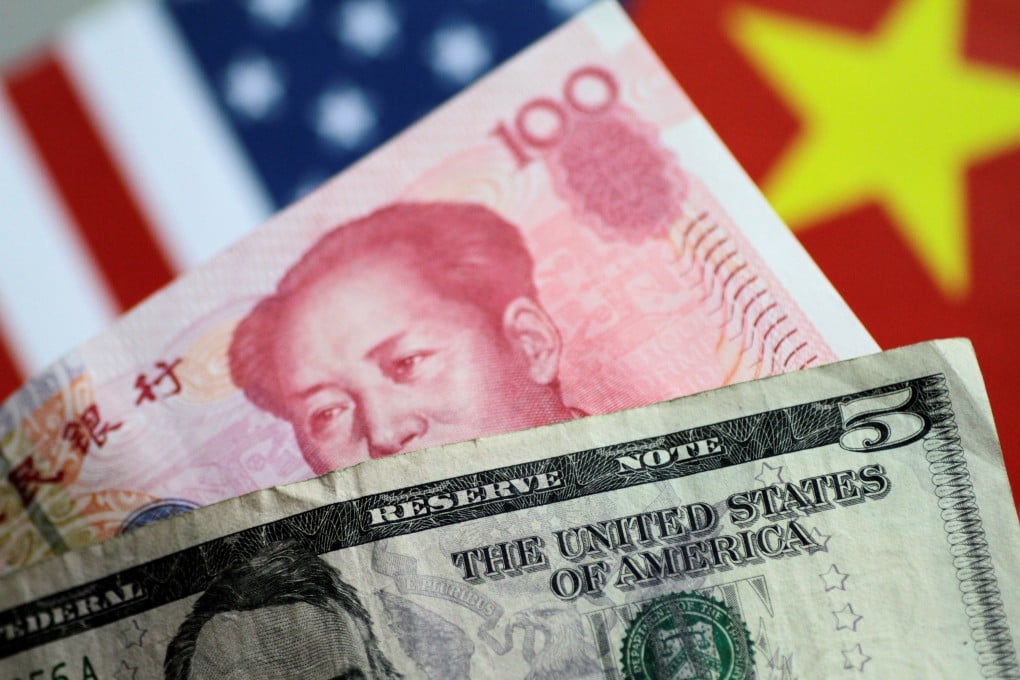New IMF report doesn’t back Donald Trump’s currency manipulation charge against China
- Review shows Beijing actually took steps last year to prop up yuan after it declined against dollar between mid-June and early August
- Analysis comes just days after US Treasury formally designated China as a currency manipulator

This story is published in a content partnership with POLITICO. It was originally reported by Doug Palmer on politico.com on August 9, 2019.
The International Monetary Fund on Friday provided little or no support for US President Donald Trump’s assertion that China is manipulating its currency for an unfair trade advantage.
In an annual review of China’s economic policies, the IMF said Beijing actually took steps last year to prop up the value of its currency after the renminbi declined against the dollar between mid-June and early August 2018.
Overall, the currency “was broadly stable” over the past year, depreciating by just 2.5 per cent against a basket of foreign currencies used as a benchmark, the IMF said.
The analysis came just four days after US Treasury Secretary Steven Mnuchin made the surprising announcement that he had formally designated China as a currency manipulator under US law – a decision that was widely seen as ratcheting up the US-China trade war.
Mnuchin took that step after the People’s Bank of China allowed the managed exchange rate to depreciate beyond seven yuan to the dollar for the first time in 11 years.